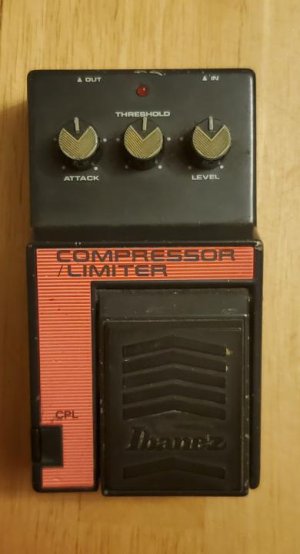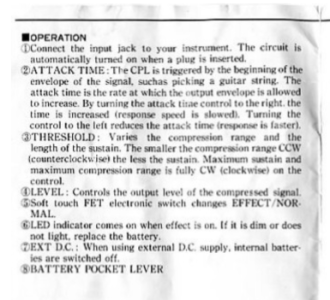Chistopher
malapterurus electricus tonewood instigator
I found a cool pedal at the Guitar Center today for fairly cheap. I bought it mostly because it looked cool and I gave away my Boss compressor

I'll be honest, I havent been able to give it too much of a testing yet, but from what I found at the store, it does exactly what it's claims to do. I will say though that the battery system is the best I've used. Pull the tab on the right and the pedal opens, close it and it closes. Not the biggest fan of the input and output arrows facing the same way though.
I'll give a more extensive review tommorow. Maybe I'll jazz it up a little to try to boost the resale value on it :jester:

I'll be honest, I havent been able to give it too much of a testing yet, but from what I found at the store, it does exactly what it's claims to do. I will say though that the battery system is the best I've used. Pull the tab on the right and the pedal opens, close it and it closes. Not the biggest fan of the input and output arrows facing the same way though.
I'll give a more extensive review tommorow. Maybe I'll jazz it up a little to try to boost the resale value on it :jester:

